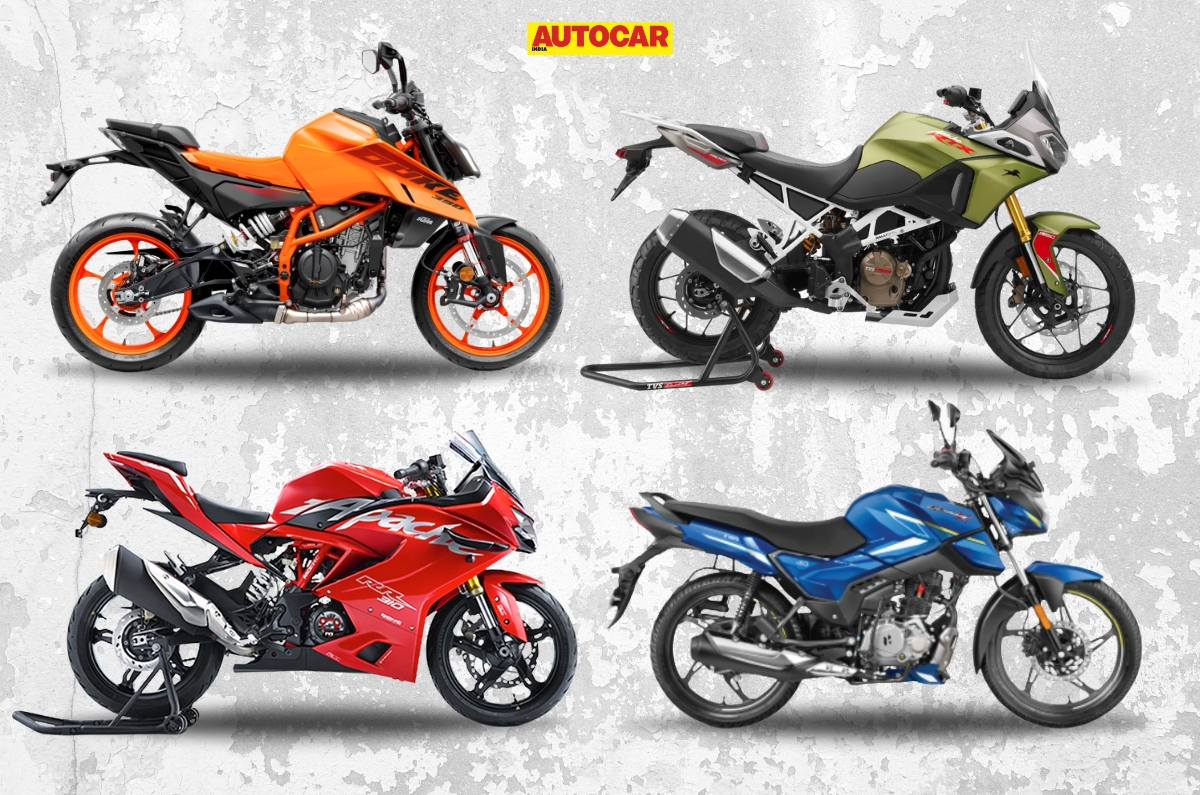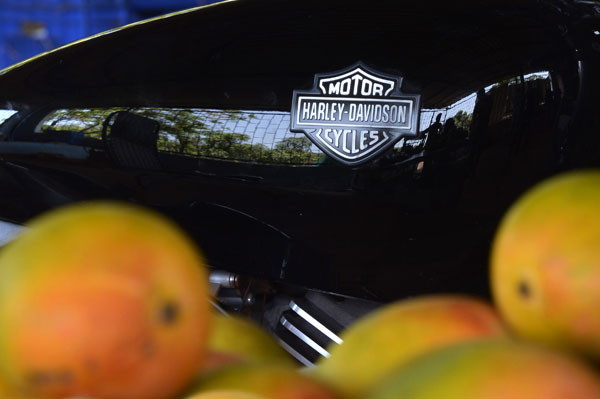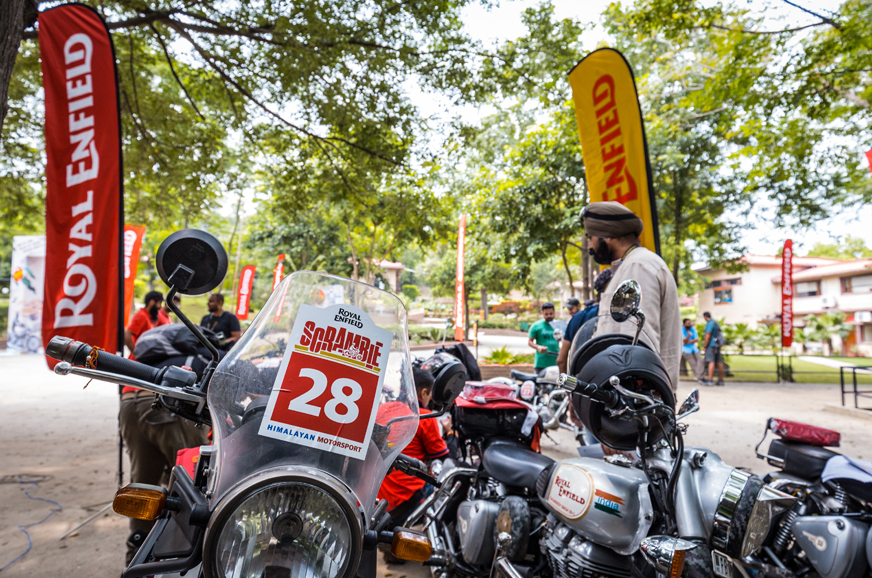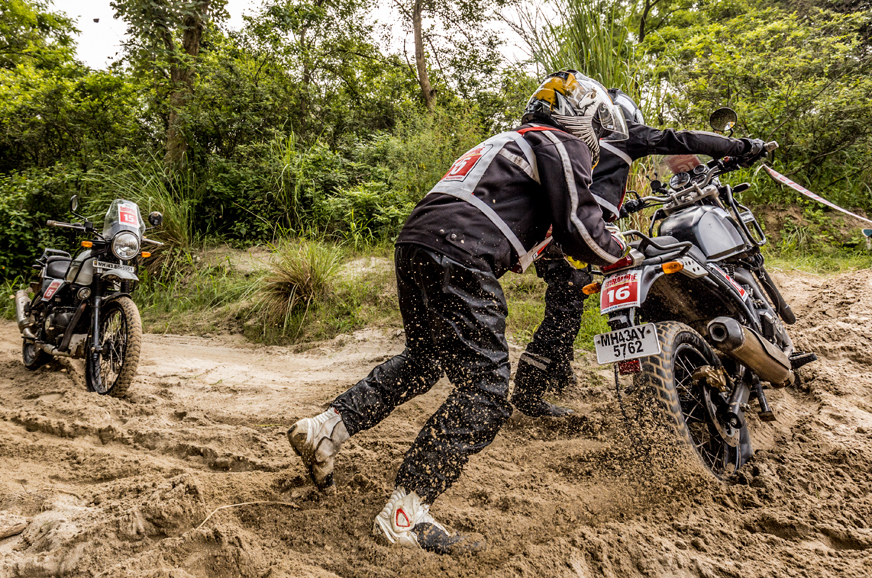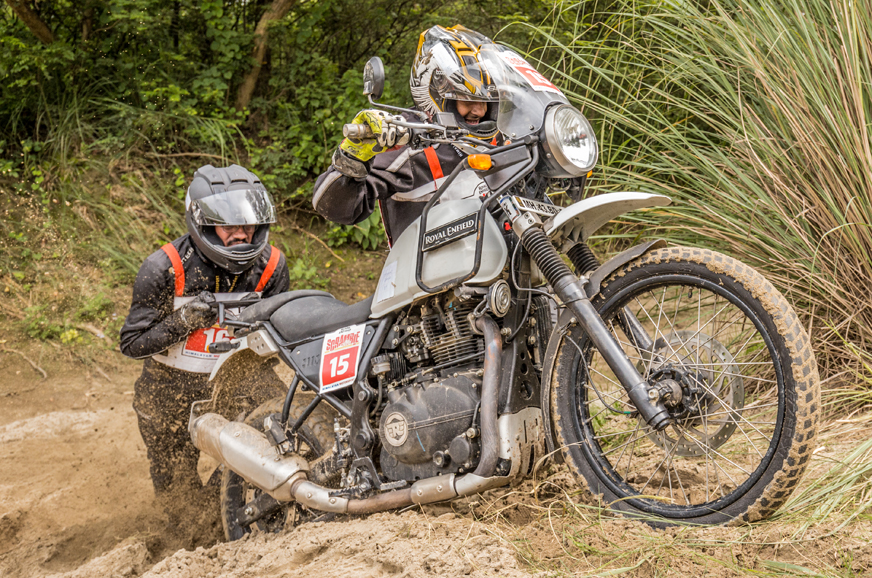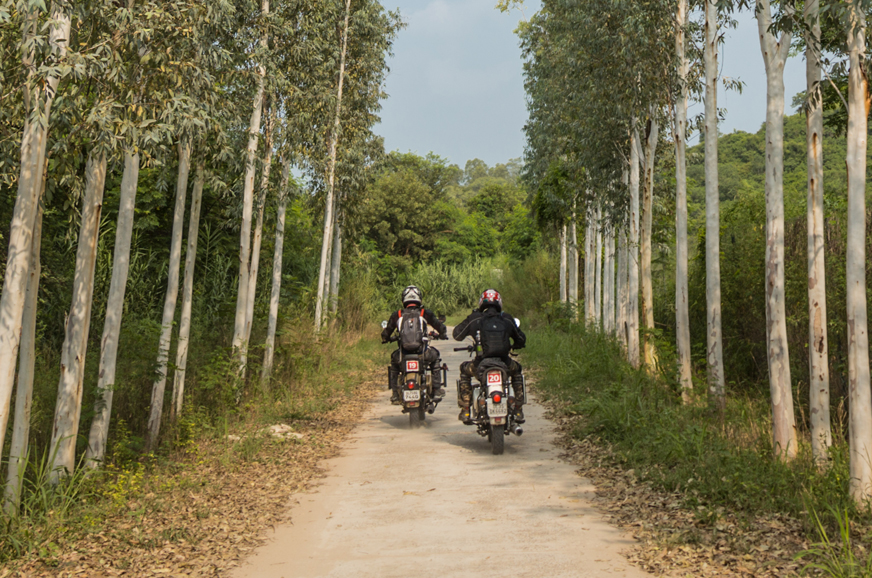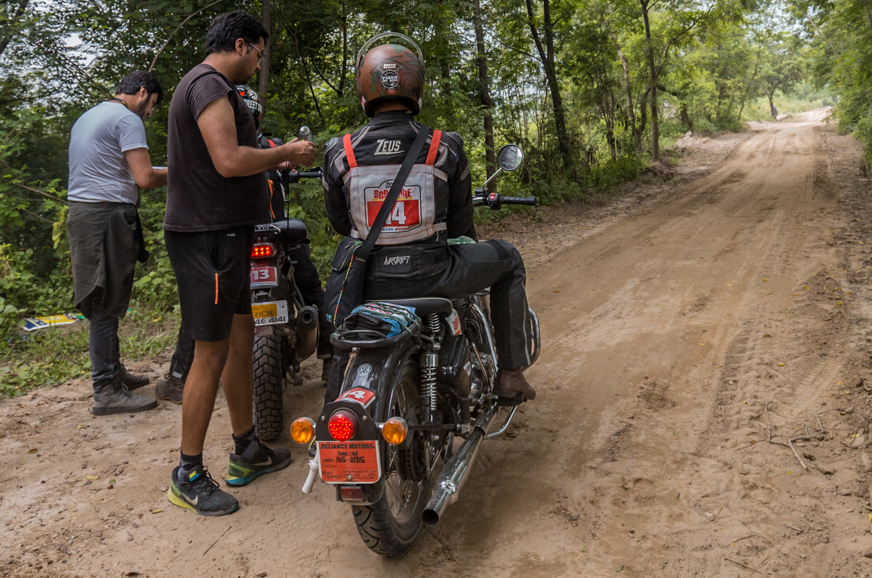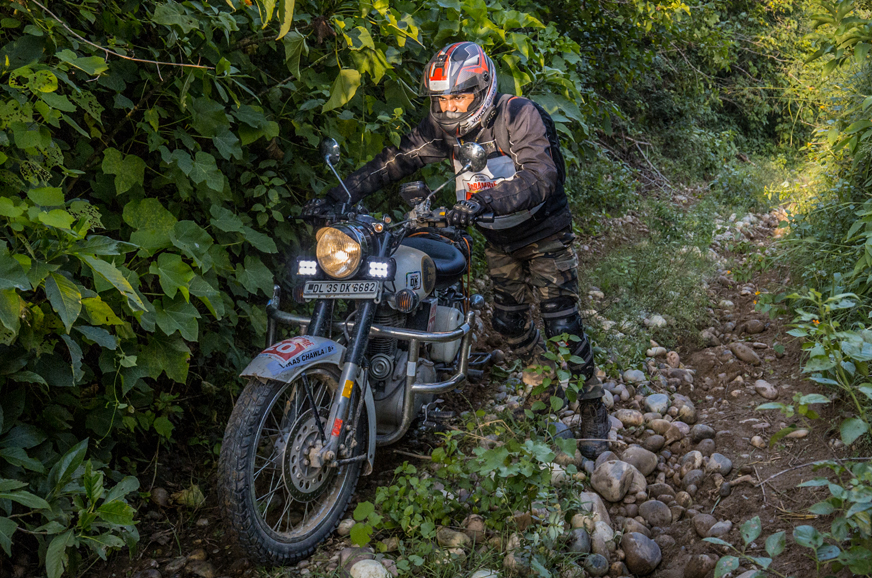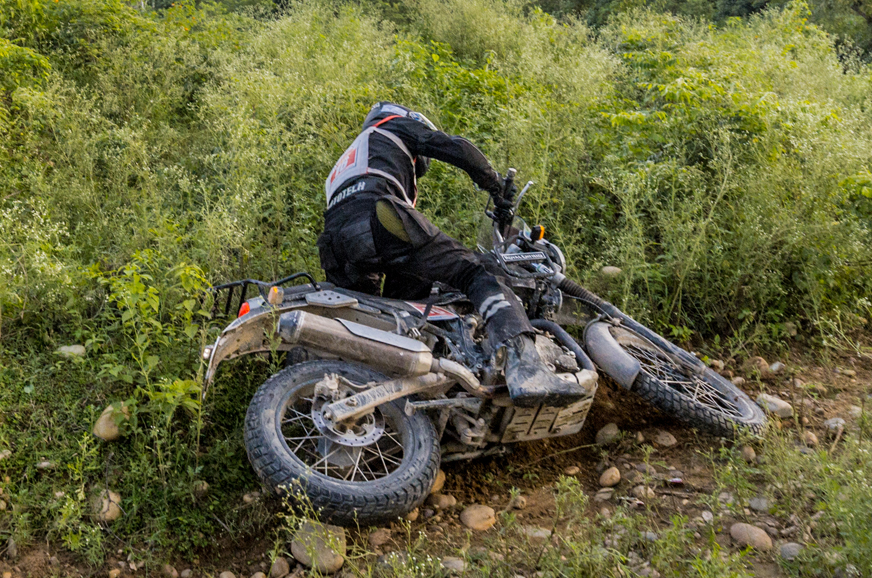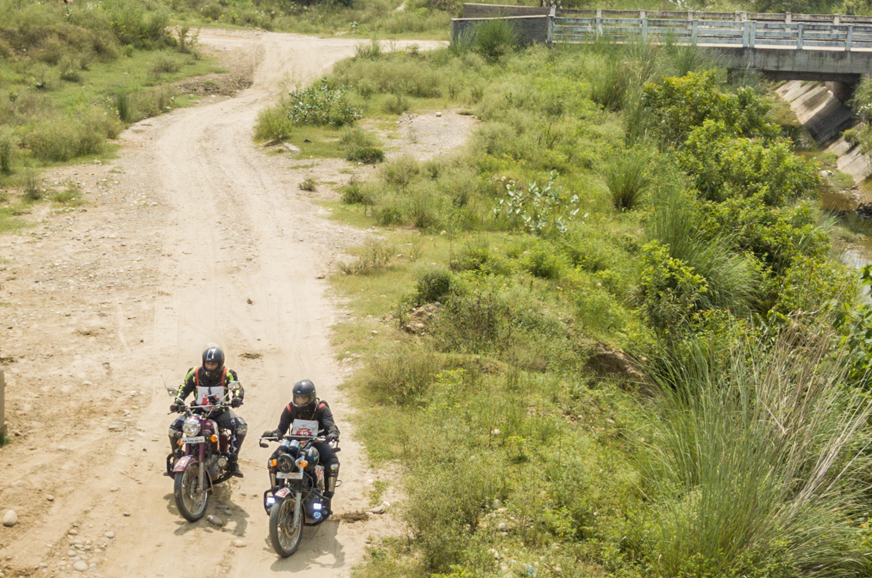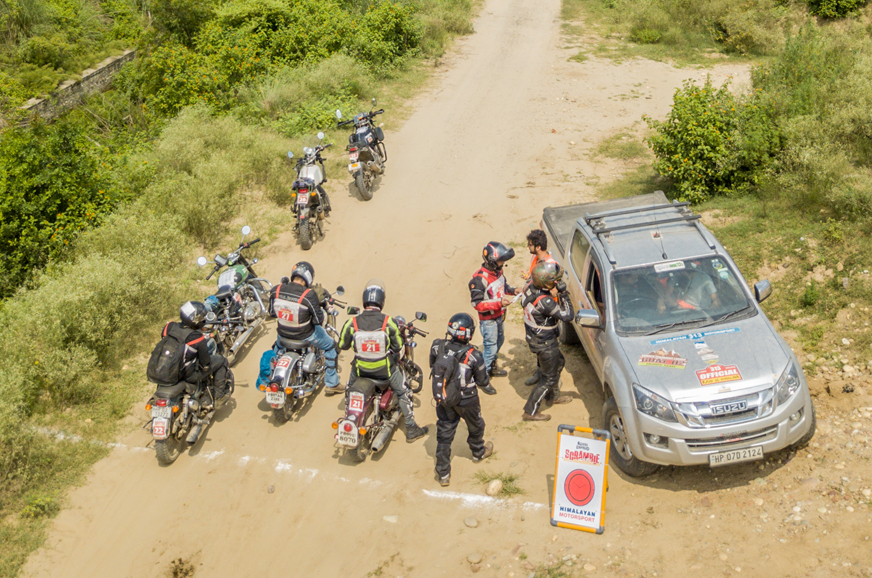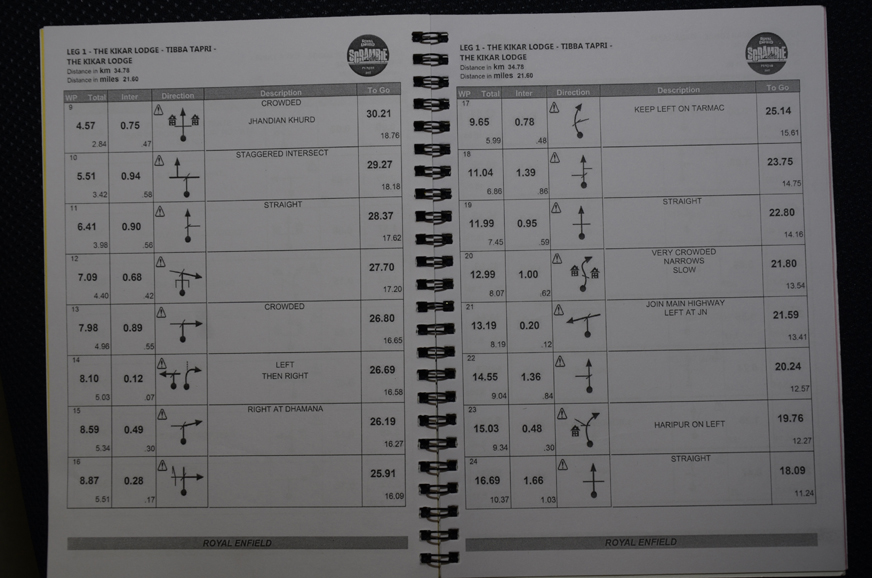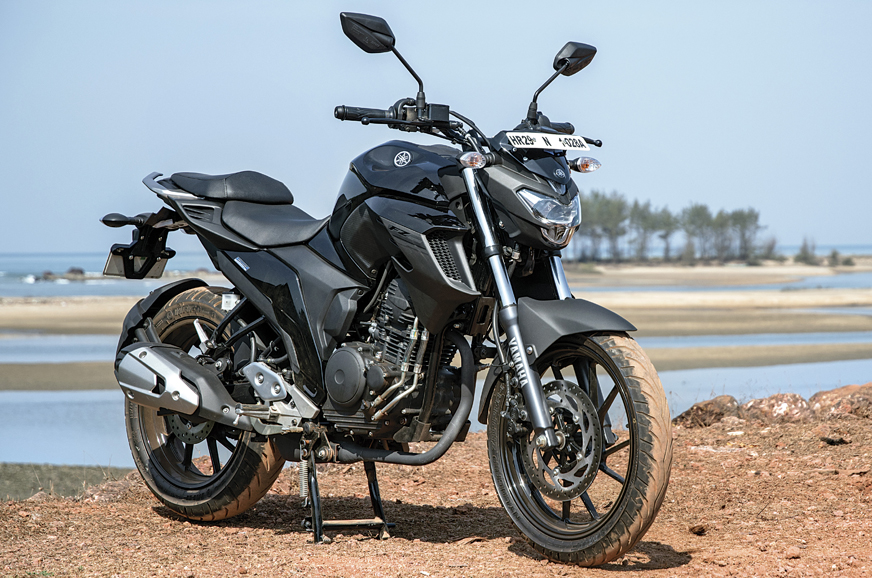It often starts with a memory, a simple image seared into the brain at a very young age. Perhaps it was a picture of a superbike at some crazy lean angle in a magazine, or the recollection of sitting in the back seat of your family car and watching a leather-clad biker give you a smile and a wave as he roared by. It’s moments like these that conceive the biker within us. As we mature, the dream only grows, with the tantalising first taste coming in thanks to the scooter your parents got you in college. Snagging your first job enabled a loan for that 150cc machine, further intensifying the dream. Today, motorcycles like the KTM 390 Duke and RC have satiated the hunger for even higher levels of performance at fantastic price points, but they still don’t truly qualify as big bikes. No, to attain that dream, you’ve got to have more than one cylinder and
at least 600cc.
And that’s where these three bikes fit in. Each costing under Rs 7 lakh on road (depending on where you buy them), the Benelli TNT 600i, the Kawasaki Z650 and the Harley-Davidson Street Rod are the best entry-level big bikes you aspire to buy. Make no mistake, this is no direct comparison. Each bike is vastly different from the other and offers a completely different skill set. The only common factors are that they’re all realistically priced, have standard ABS, boast more than one cylinder and have a capacity over 600cc. So which is the bike for you?
| Technical specifications | |||
|---|---|---|---|
| Harley-Davidson Street Rod | Kawasaki Z650 | Benelli TNT 600i | |
| Engine | 749cc, V-twin | 649cc, parallel-twin | 600cc, 4-cyl |
| Max power | NA | 68hp | 85hp |
| Max torque | 62Nm | 65.7Nm | 54.6Nm |
| Kerb weight | 238kg | 208kg | 231kg |
| Seat height | 765mm | 790mm | 820mm |
| Ground clearance | 205mm | 130mmm | 150mm |
| Tyres (F/R) | 120/70 R17 / 160/60 R17 | 120/70 ZR17 / 160/60 ZR17 | 120/70 ZR17 / 180/55 ZR17 |
Harley-Davidson Street Rod
The Street Rod is more expensive than its sibling, the Street 750, but is a vastly improved motorcycle, and hence makes it to this list. This is a unique motorcycle, even when compared to its own siblings, starting with the way you sit on it. Harley’s idea of sporty means a flat, drag handlebar that extends your upper body forward while the footrests are little forward set, but surprisingly high. The position is a bit like a half squat, and while it’s not as tiring or hard on the body as a traditional sports bike, folks with a large belly might find it awkward.
The engine is based on the Street 750, but has been modified for more power and is more eager to rev as a result. Power builds almost all the way to its lofty 8,800rpm redline and, though the six-speed gearbox struggles to find neutral in traffic, it offers good precision for brisk shifts at speed. The Street Rod sheds speed confidently through the dual front discs and can traverse any manner of speed breakers or potholes without stress, thanks to its SUV-rivalling ground clearance. The suspension, while still quite firm, has a bump absorption capability that exceeds any Harley on our roads. It wasn’t long before I found myself standing on the pegs over rough roads and even jumping the occasional speed breaker, things you wouldn’t dream of doing on a typical Harley. Further still, impressive MRF tyres, and over 40 degrees of lean angle, translate to some serious corner speeds on long and winding roads. It still feels hefty in tighter bends and the raked-out front end means some effort is required at the bars, but this is easily the most dynamic Harley on sale today.
The Street Rod surprises by being the most engaging motorcycle here. Its aggressive riding position and eager engine encourage hard riding, which the upgraded brakes and suspension can support. Slap on a loud exhaust and the fun factor will be even higher. But this is, without a doubt, the most quirky motorcycle here as well. The ergonomics, however, are strange – it runs very hot in traffic, quality is average and it’s missing basic kit like a side-stand-down warning and a headlight pass switch. To top it off, it’s the most expensive one here too. Overall, the Street Rod is a motorcycle bursting with flavour, but one that requires you to accept its many idiosyncrasies.
Benelli TNT 600i
Of these three, the Benelli offers the most authentic big-bike experience, purely in terms of sensation. The bike is a feast for the eyes, generating massive presence from its mean underseat exhausts, enormous fuel tank, fat 50mm forks and supersport-size 180-section rear tyre. Where the Z650 fools you into thinking it’s a 250, you won’t be remiss in believing that the Benelli is a proper litre-naked. The feeling continues when you sit on the bike. It has the sportiest position – more committed than the others but not uncomfortably so – with a slightly low-set handlebar and higher foot pegs.
The drama amps up when you crank the 600cc, in-line four-cylinder to life. The pipes belt out a loud and proud in-line-four wail that we’ve all grown up associating with a proper big bike. If there’s one bike here that doesn’t need a louder aftermarket exhaust, it’s this one. The Benelli’s engine draws its lineage to the pre-2004 Yamaha R6 and that’s telling in the way it delivers its power. With 85hp, the Benelli is also the most powerful bike here, but it doesn’t feel that way from the saddle. The bike feels neutered all the way to 7,500rpm, and the real power only sets in at 9,000rpm. Unfortunately, the rev limiter cuts in just about 2,500rpm later which leaves a
very narrow powerband. Catch it in the wrong gear and the other two will leave the Benelli behind in their dust. Given the space, the long-geared Benelli will see upwards of 220kph on the clock, while the Z can just about crest 200kph and the Harley runs out of steam at about 180-190kph.
In the handling department, the TNT reminds one of an old-school sports bike with a heavy feel and a dislike for mid-corner bumps. The firm ride quality can give your back a beating over long rides on less-than-perfect roads, but tweaking the pre-load/rebound-adjustable rear shock might help here. Overall, the Rs 5.78 lakh TNT 600i may be the most affordable in-line four-cylinder bike in India, but it isn’t so hot to ride. On the plus side, its power delivery makes it friendly for new riders at low speeds and it aces the feel-good factor of owning a big bike. If that’s what you crave, this bike will deliver.
Kawasaki Z650
Swing a leg over the Z650 and you’d never believe it was a 650. The low seat height, narrow handlebar and compact feel between the legs fools most people into thinking that it’s no bigger than a 250. Of the three, the Z650 is the friendliest to ride at low speeds, especially for shorter riders. The Kawasaki also feels the best put-together, oozing with a high-quality feel that neither of its rivals can match. At the same time, the little Z650 is quite incognito; while it’s a good-looking machine, it’s happier blending into the crowd than standing out, with the large fuel tank being the only giveaway of the power lurking beneath.
Wind the throttle open, and the Z650’s torquey delivery can take you by surprise. Going by sheer feel, the smooth Kawasaki is the quickest one here because it responds with eager, hard acceleration from anywhere in the rev range. Whack it open in first gear and the Dunlop tyres struggle to put power down with the front wheel starting to rise once the rear tyre hooks up. Braking performance is excellent as well, a good improvement over the old bike. This performance level makes it a significant but ideal step up from something like a KTM 390 Duke.
With its new lightweight trellis frame, the Z650, at 208kg, is not only the lightest bike here, but also nearly 20kg lighter than its predecessor, the ER-6n. As a result, city riding is next to effortless and handling is fairly nimble but we’d have liked a wider handlebar for more leverage and a bigger-bike feel. It has a reasonably firm suspension setup that’s far from harsh on bad roads, but not completely plush either. We did notice that the underbelly exhaust is prone to scraping speed breakers and you need to exercise caution here. Nevertheless, factor in the upright riding position and comfort levels are quite good. On its stock suspension settings, handling is stable and composed but a bit soft, especially at the rear. However, cranking up the pre-load improves this considerably.
For all its impressive and meticulously developed talents, the Z650 takes itself quite seriously, perhaps a little too seriously. It’s a strange complaint to make, but we’d have loved to see a bit more of its playful and mischievous side. Regardless, it makes the most compelling proposition on paper. It’s a compact, well built and easy motorcycle, but a properly quick one at that. All of this while commanding the lowest price here, a great recipe for a first big bike. Alternatively, for around Rs 60,000 more, you could have the faired Ninja 650 which shares the same mechanicals.
It’s one thing to save up for the down payment and make that loan happen, but the ball doesn’t stop just there. As with the higher price of acquisition, big-bike running costs also run significantly higher than the typical small-capacity machine. Insurance is one big chunk, with an annual expense of Rs 15,000-20,000, even with entry-level big bikes like these. Tyres are another major expense and, depending on your usage style, it’s fair to expect a life of around 10,000-12,000km. A fresh pair can set you back by Rs 30,000, or in the case of the Benelli’s Pirelli Angel STs, Rs 40,000.
Regular service costs are fortunately not prohibitively expensive here, hovering between Rs 6,000-7,000 for all three. However, the Benelli requires a service every 4,000km, while the Kawasaki requires one every 6,000km/six months and the Harley has the biggest intervals at 8,000km/one year. Harley conducts a valve clearance check as part of every service, while the Benelli requires a check every 12,000km and the Kawasaki every 24,000km, both at an additional cost.
The mentioned costs are assuming nothing goes wrong or breaks. Spare parts can get quite expensive and often take longer to source, meaning more downtime for your bike. This is simple economies of scale – parts will not be freely available or be very affordable until bike sales numbers increase significantly. Thankfully, the situation is improving.
Modifications are a very personal thing, but we’d strongly advise investing in some crash protection for the bike. Frame sliders, and crash bungs at the forks/swingarm, can dramatically reduce the cost of repairs. Fork seals are also notoriously susceptible to our dusty conditions and a simple fork seal protector can prevent costly repairs.
These numbers aren’t meant to scare you off but simply prepare you for what’s in store. Ultimately, money is meant to be enjoyed and owning a big bike can be one of the most rewarding pleasures in life. Now that you know what to expect, it’s time to live the dream!
| Price and ownership cost | ||||
|---|---|---|---|---|
| HARLEY-DAVIDSON STREET ROD | KAWASAKI Z650 | BENELLI TNT 600i | ||
| Price (ex-showroom, India) | Rs 6.04 lakh | Rs 5.2 lakh | Rs 5.78 lakh | |
| Tyre cost (f/r) | Rs 13,000/Rs 18,000 | Rs 13,000/Rs 15,000 | Rs 17,000/Rs 23,000 | |
| Insurance | Rs 22,650 | Rs 17,360 | Rs 20,112 | |
| Service cost | Rs 6,426 | Rs 6,460 | Rs 6,748 | |
| Service interval | 8,000km/1 year | 6,000km/6 months | 4,000km | |
| Major service | Every third service | 12,000km | Every third service | |
| Valve clearance check | Every service | 24,000km | 12,000km | |




















